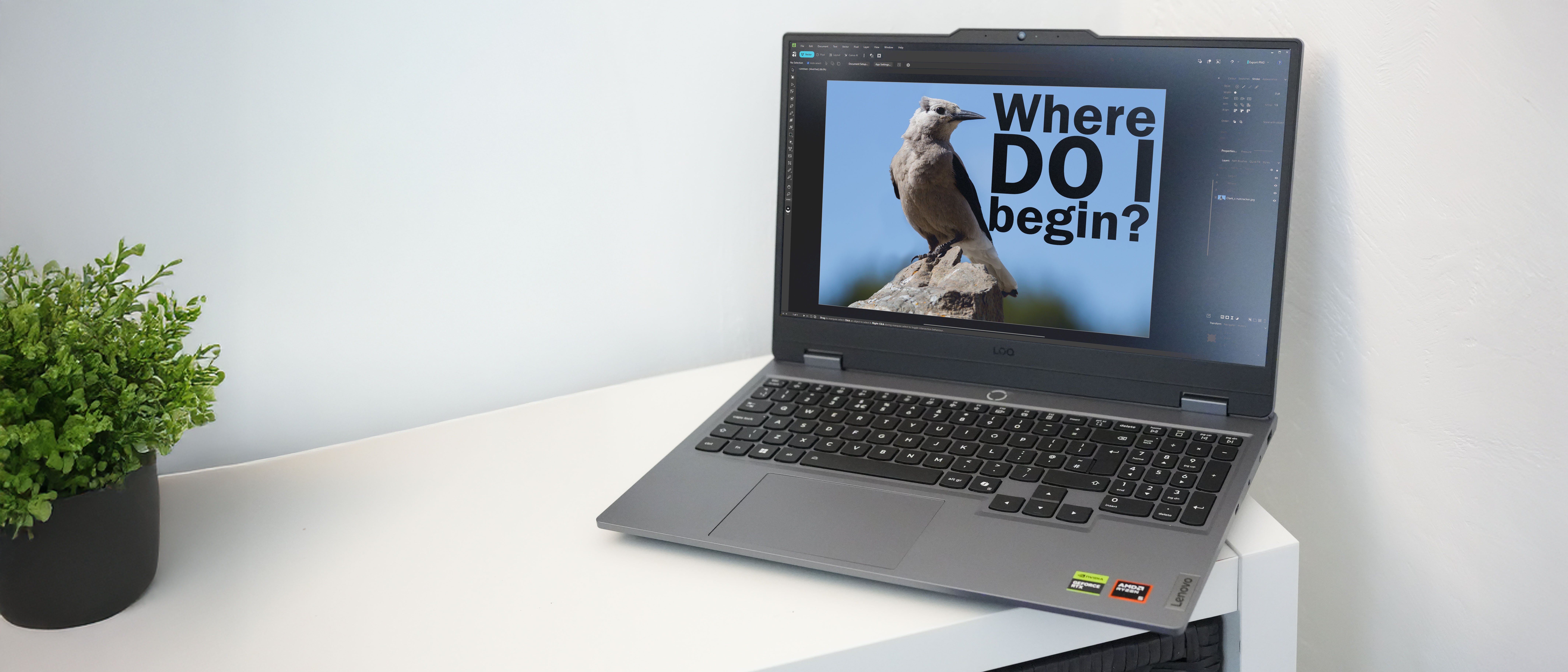Why the creator economy is a profound threat to advertising agencies
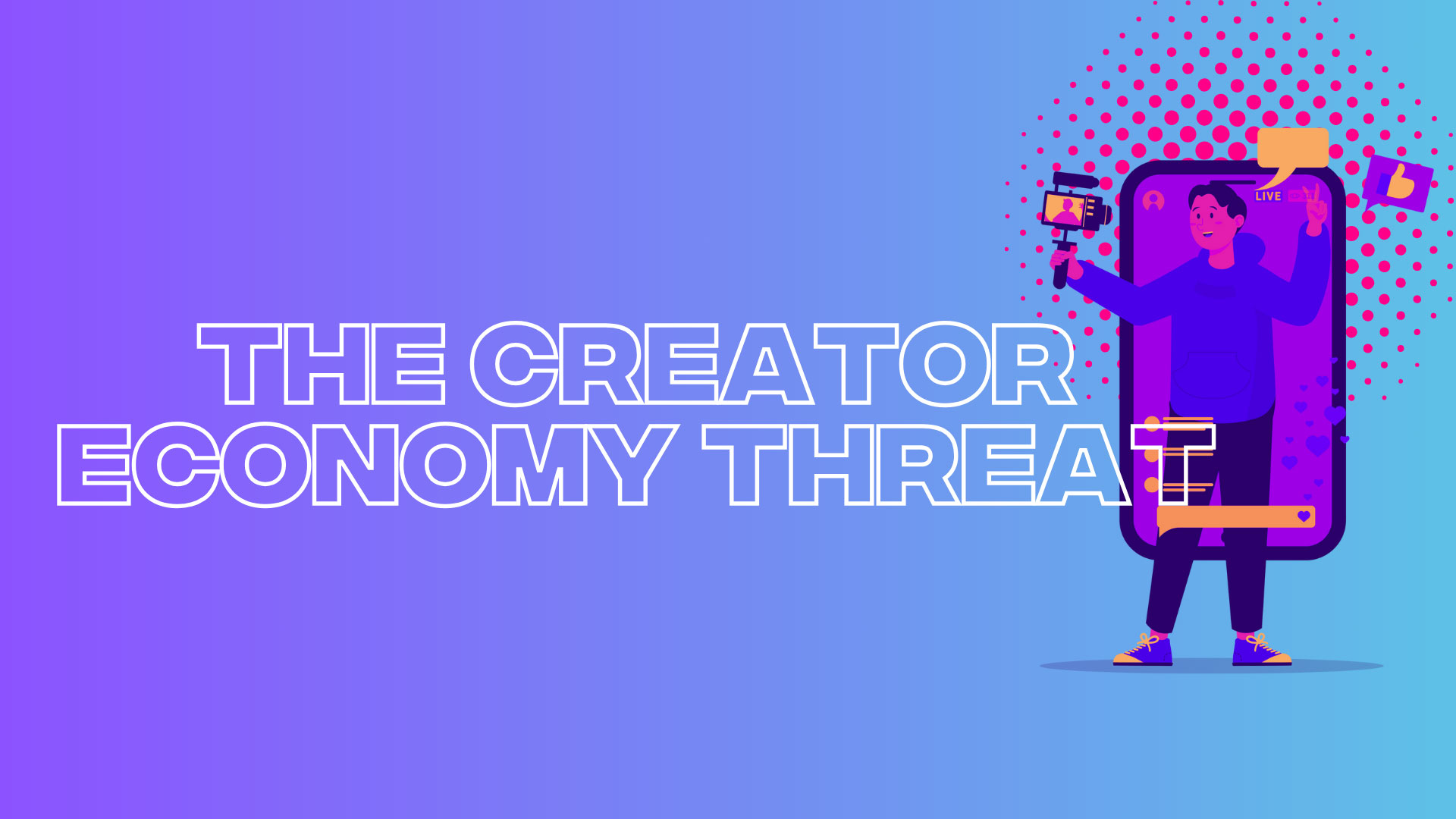
Creative advertising can’t continue as it is. From Arthur Sadoun to Rory Sutherland, the business luminaries of creative are questioning the potential for future growth of advertising agencies in their present form. Yet another year of continuing lay-offs and stagnant growth amongst creative shops suggest a sector that is reaching a crunch point.
Many have bemoaned the long-ago split between media specialists and creatives as a fault line that has prevented creative agencies from fully embracing the growth of digital marketing. Little of the great creative work produced by agencies for traditional media (including the best adverts of all time), such as TV, seems to translate into the performance marketing or social space. This is extraordinary given that next year it’s predicted that around 80% of all advertising spend will go to digital.
But looking at the issue from a social marketing perspective, I can only see the problem for creative agencies in their present form and with their fixation on TV commercials, getting worse. Because not only have creative agencies failed to embrace and adapt to digital sufficiently, a new threat is emerging – the creator economy. If creative agencies fail to respond effectively, it could disintermediate them altogether.
The creator economy threat to agencies
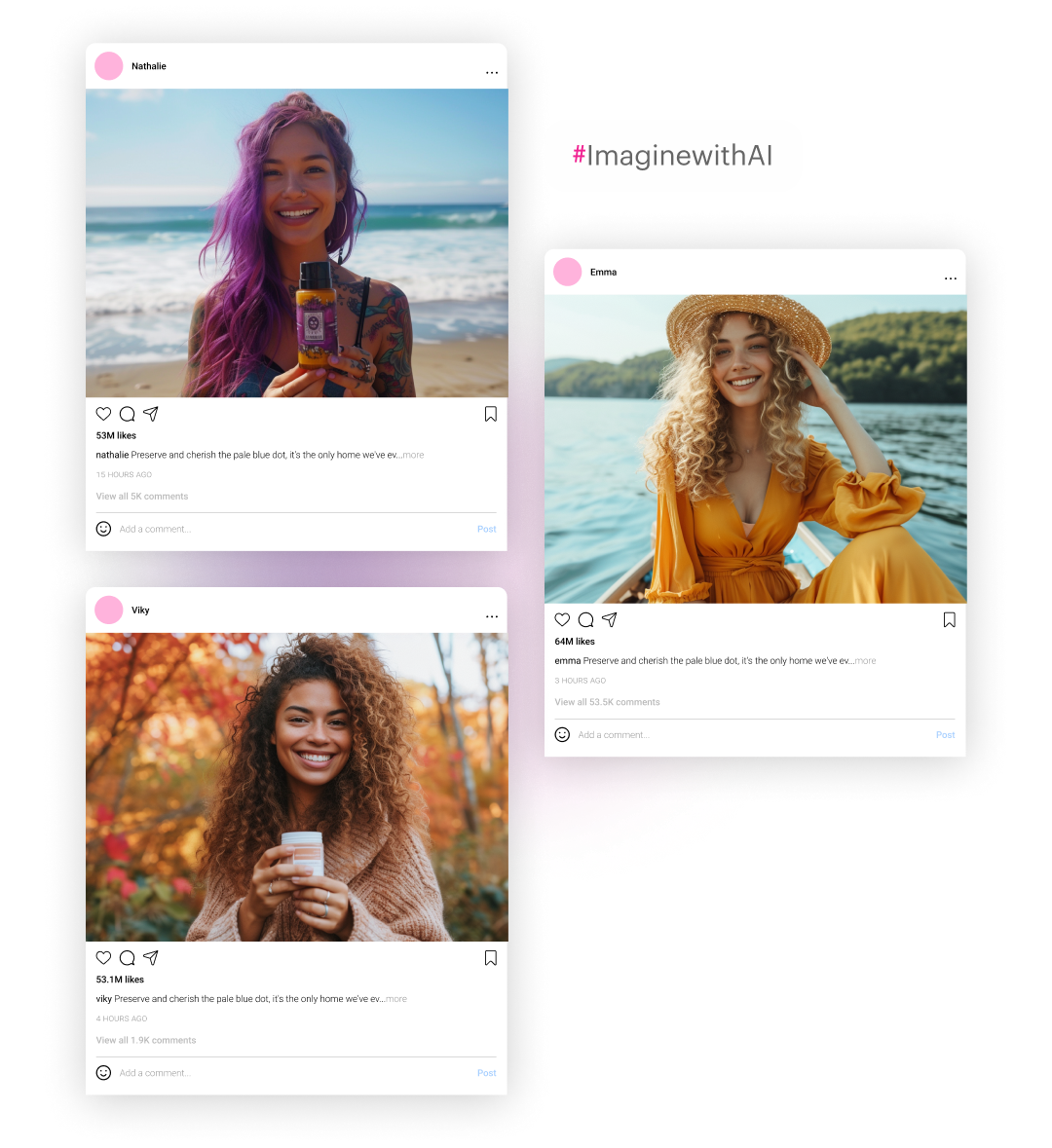
It was no surprise that this year Cannes Lions formalised its overtures to influencers and independent creators by launching the Lions Creators forum; the wise heads behind that event can see the direction of travel.
The creator economy is expected to be worth $528 billion by 2030. Compare the projections for the creator economy to total advertising investment – GroupM predicts this will be $989.8 billion this year - and you can see how significant it is becoming. If you look behind that $528bn figure, you’ll find a big proportion of this revenue for creators will come from brand deals. This means investment in the creator economy will overlap massively with advertising.
Where will the creative for these social influencer or creator deals be developed? Well, it won’t be within advertising agencies.
Recognising the vast growth in the creator economy – indeed Meta is betting on the creator economy growing exponentially to a point where many more businesses and individuals are involved – brands are beginning to restructure their marketing departments to optimise their creator investments.
Daily design news, reviews, how-tos and more, as picked by the editors.
In a practical sense this means that they are progressively buying in-house talent and reshaping their procurement and marketing organisations so that they can effectively negotiate with creators and develop creative marketing content with them for multiple platforms in a highly agile way.
Advertisers recognise that not only has the audience moved – Ofcom’s latest annual report on UK media consumption highlighted the generational decline of TV viewing – but that people’s sensibilities about marketing content have been dramatically altered by decades of social media.
The twentieth century style creative advertising output in which a brand tells people something is great, available, and will either be useful or make people happy, simply doesn’t match the sensibilities of today’s audiences and the vast array of entertainment, learning, news and information sources they can choose from.
Although commissioned advertising for conventional media still plays a very powerful role in marketing, and indeed often goes on to inform what influencers talk about, how much share of investment will this kind of creative continue to attract?
When it comes to creator economy or influencer marketing, brands want authenticity, speed, and efficiency. Expensive creative developed with strategic marketing intent, but which is then studio shot and delivered slowly, simply doesn’t add up.
The rise of social commerce compounds the issue. Consumers make purchase decisions based on content that speaks to their personal needs, interests, and identity. Overproduced, overly corporate or overtly branded content doesn’t work for them.
Agencies are obviously heavily engaged with commissioning content for influencers, developing it in partnership or seeding product with influencers. Why should this stake in the creator economy not continue?
AI and the advertising pivot
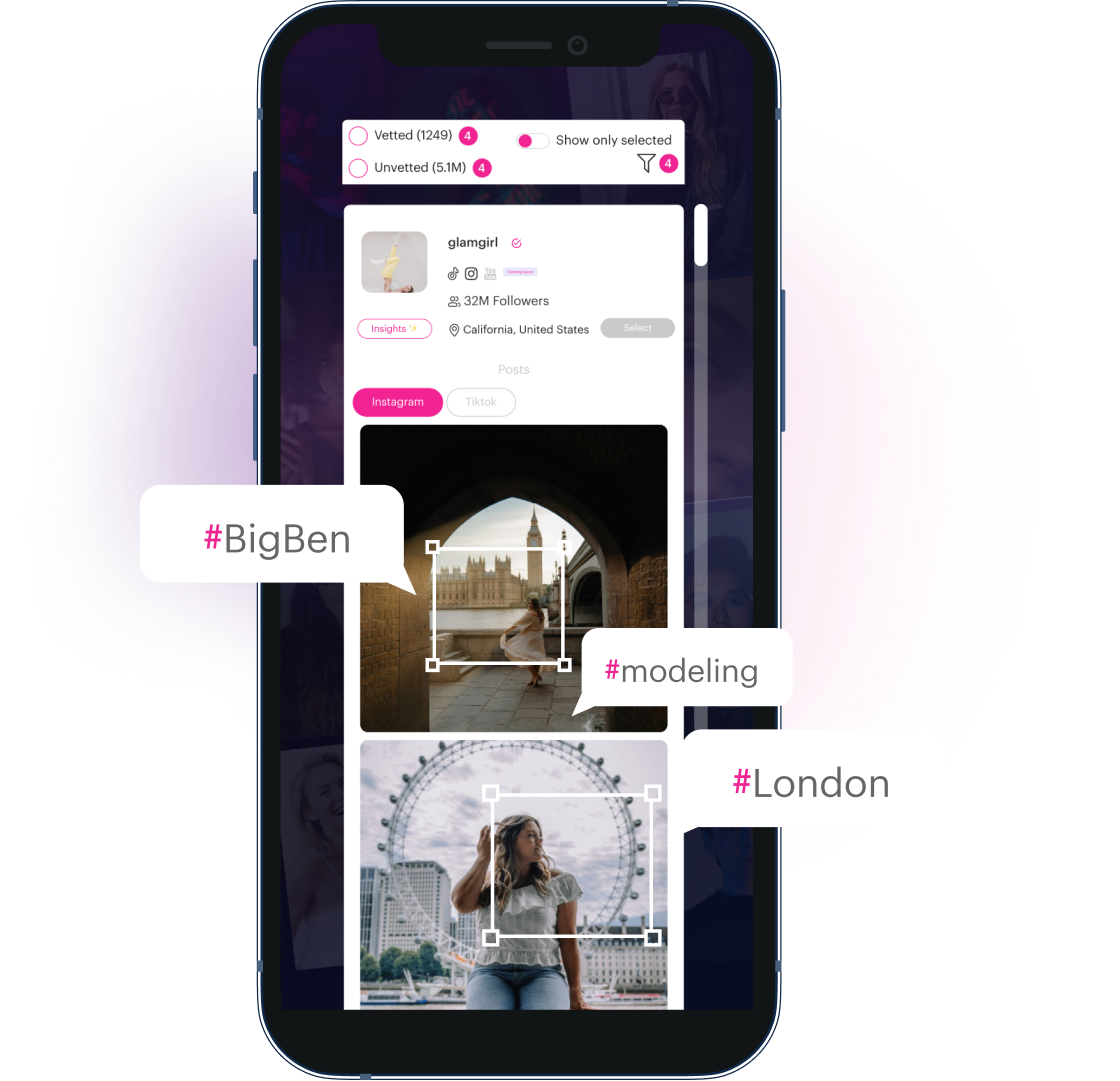
Enter AI. In parallel, AI is transforming how brands can work with creators and how creators can create content.
AI-powered tools to help brands with the recruitment, management, measurement, and optimisation of creator talent relationships will play a significant part in reshaping marketing departments and marketing investment. Brand will be able to engage with creator talent at an industrial level, working not just with famous, top tier talent, but hundreds or thousands of smaller or micro influencers with niche audiences.
But the relationship with these individuals will be different. Talent relationship automation will enable brands to brief, harvest and deploy the best marketing content created independently by a host of influencers across multiple platforms – creative that is credible, agile and on-message.
Just as agency creatives are beginning to use AI tools to speed up or enhance creative output, so to are influencers. But they will take things a step further. Virtual influencers are already a successful influencer niche. AI versions of human influencers are just around the corner. It won’t be long before influencers licence virtual versions of their image coupled with AI capable of creating content geared around their interest, personality, quirks, skills etc.
Now it could be that agencies adapt and embrace the possibilities presented here. It’s almost inevitable as brands tap into the creator economy more fully, that creator advertising ideas crossover and work on TV or out-of-home.
The role of creators has already entered product creation as Logan Paul’s Prime Hydration and Mr. Beast’s Feastables have shown. And their influence will percolate into many other areas.
It’s likely some talent will sign to work for agencies, but the sheer scale of the change coming down the track begs questions about the future nature of creative advertising, let alone how the current advertising agency model continues to work.
For the best in advertising, see our list of the best print ads.
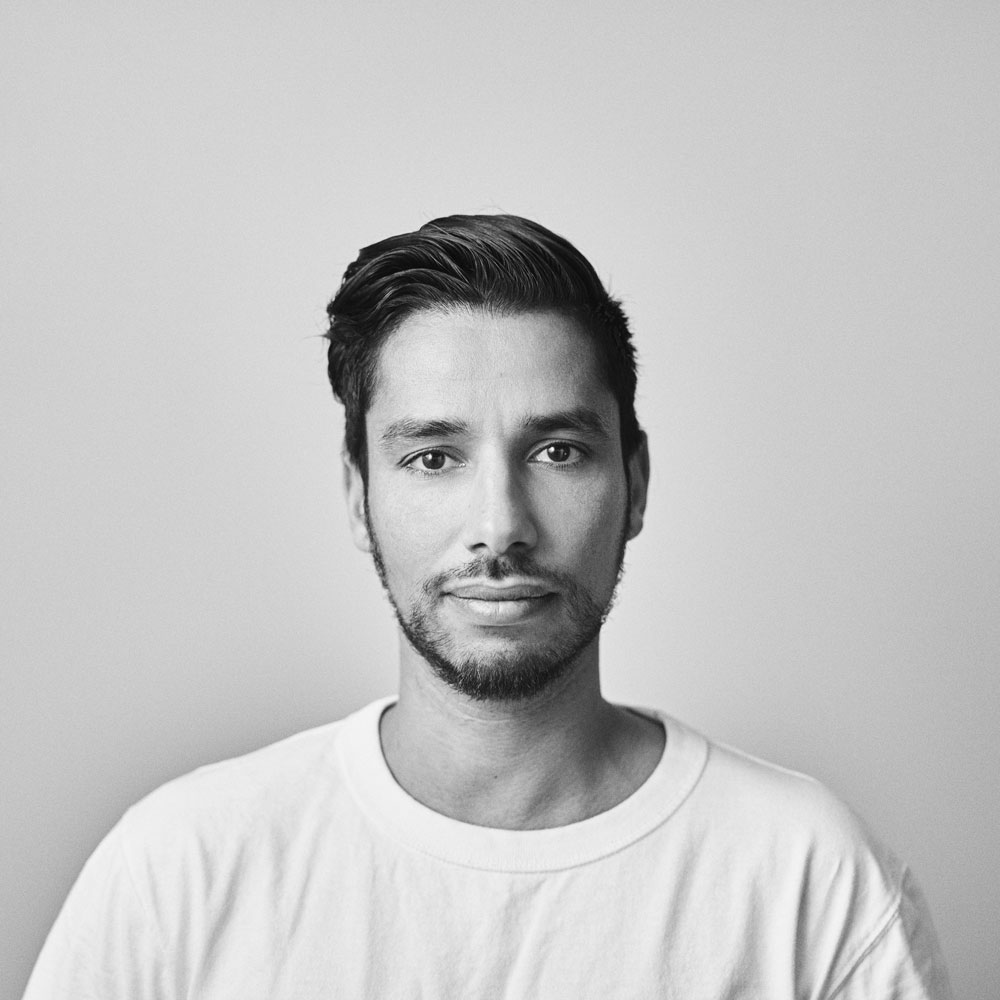
Majid is CEO of global social-first marketing agency Socially Powerful. With a passion for innovation and an entrepreneurial spirit, Majid embarked on a journey to establish the agency from scratch, building its diverse capabilities from strategy and planning to creative execution.
